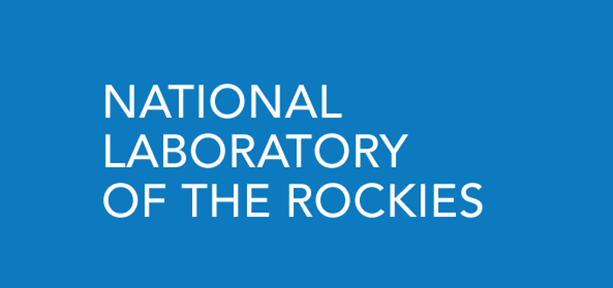The Greenhouse gases, Regulated Emissions, and Energy use in Technologies Model (GREET)

Abstract:
The Greenhouse gases, Regulated Emissions, and Energy use in Technologies (GREET) model is a publicly available life-cycle analysis tool for consistently examining life-cycle energy and environmental effects of a wide range of technologies in transportation, power, and material products. It takes a holistic approach to model energy and environmental effects over the entire supply chain of a technology with process-level granularity. GREET currently has two models: the Fuel-Cycle Model focusing on transportation fuels and vehicle operation, and the Vehicle-Cycle Model focusing on vehicle materials, manufacturing, and recycling. GREET is available in two platforms: the Excel and the .net GREET model.
It currently has over 40,000 registered users, and has been widely used by government agencies, industry, and academia for technology evaluation and policy-making. GREET is an integral part of the transportation and bioenergy technology evaluation. High-quality, consistent, and peer-reviewed analyses and publications using GREET play a valuable role in identifying opportunities to improve sustainability of technologies, promoting clean and efficient vehicle and fuel technologies, and informing policies.
Model/Tool Platform:
MS Excel, .Net
General Modeling Type:
Hybrid / other: Geospatial Accounting and Inventory (w/ Statistical Capability)
Primary analytical purpose:
Life-cycle analysis:
Analysis of the environmental, social, or economics effects of bioenergy and bioproduct technologies across their entire life-cycle.
Secondary analytical purpose:
Environmental:
Analysis of the environmental effects of bioenergy and bioproduct technologies or feedstocks.
Metric categories:
- Environmental:
- Air Quality (non-GHG emissions)
- Environmental Productivity (feedstock-related, e.g., NPP or yield)
- GHG Emissions
- Soil Quality
- Water Impacts (quality and/or quantity)
- Socio-economic:
- Net Energy Balance
Geospatial resolution:
National
Temporal resolution:
Years
Laboratory:
ANL - Argonne National Laboratory
Principal investigator:
Michael Wang
Model start year:
1995
Model last updated:
2020
Development status:
In Development
Level of validation/review:
External Peer Review / Publicly Released
Links:
Model scope:
Biomass Supply
Feedstock Logistics
Conversion
Distribution
End Use
- Feedstock Types
- Starch
- Sugar Crops
- Oil Crops
- Fiber Crops
- Cover Crops and Hay
- Agricultural Residues
- Herbaceous Energy Crops
- Forest Residues
- Forest Resources
- Woody Energy Crops
- Solid Wastes (e.g., MSW, C&D, yard trimmings)
- Algae
- Wet Wastes (e.g., wastewater sludge, animal manure, food waste)
- Fats, Oils, and Greases
- Landfill Gas
- Conversion Technology
- Starch to Sugars
- Lignocellulosic Biomass to Sugars
- Lignocellulosic Biomass to Gaseous Intermediate
- Lignocellulosic Biomass to Biocrude Intermediate (TC)
- Waste to Biocrude Intermediates (HTL)
- Waste to Gaseous Intermediate
- Biomass-Based Oil Extraction
- Syngas Catalytic Upgrading
- Sugar Catalytic Upgrading
- Oil Catalytic Upgrading
- Sugar Biological Upgrading
- Syngas Biological Upgrading
- Alcohol Catalytic (e.g., ethanol or isobutanol to jet)
- Algae to Biocrude Intermediate (HTL)
- Products/Process Outputs
- Transportation Fuels - Biodiesel
- Transportation Fuels - Ethanol
- Transportation Fuels - Renewable Diesel
- Transportation Fuels - Renewable Gasoline
- Transportation Fuels - Renewable Jet
- Renewable Natural Gas
- Biopower
- Intermediate - Sugars
- Intermediate - Clean Biomass-based Crop Oils
- Intermediate - Clean Biomass-based Algal Oils
- Intermediate - Pyrolysis or Biocrude Intermediate
- Intermediate - Syngas
- Bioproducts
- Other Process Output
- Transportation Market Segment
- Light Duty Vehicles
- Heavy Duty Vehicles
- Trains
- Aviation
- Marine
1
2
3
4
Analytical Purpose
Supply Chain Elements
Biomass Supply
Feedstock Logistics
Conversion
Distribution
End Use
Information last updated: Sep. 17, 2019 13:45:46 EDT
